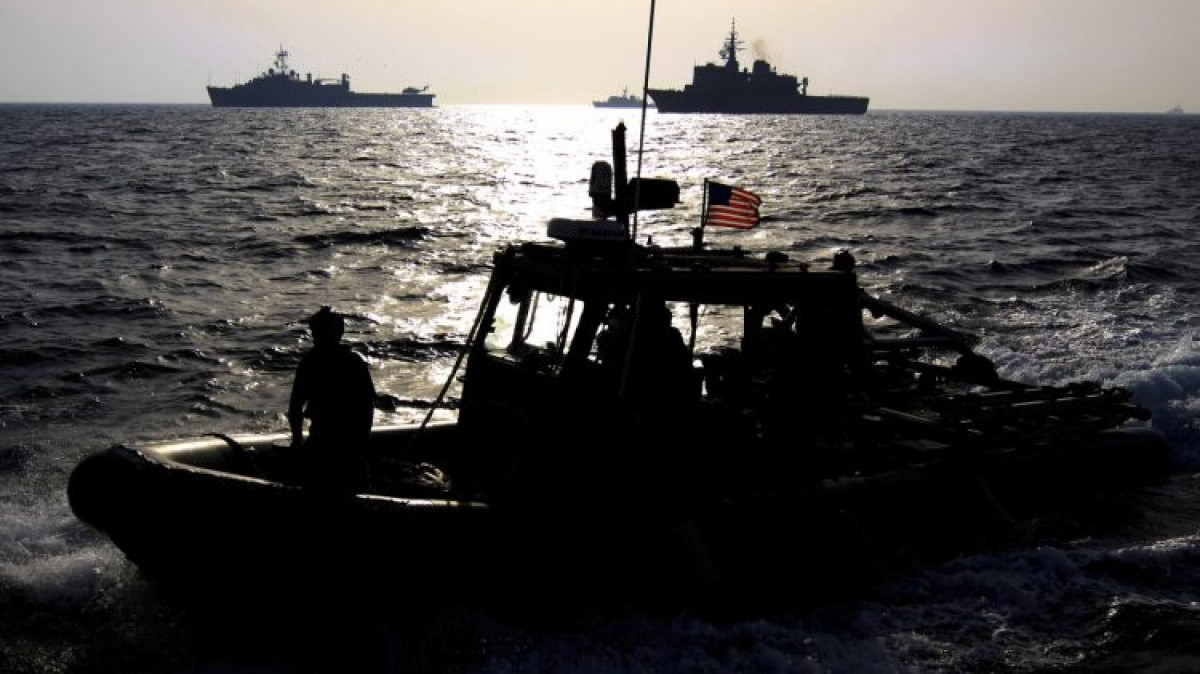 103
103
For thousands of years, dominance over the oceans has been a necessity for any nation aspiring to develop into an influential global power. Numerous historians argue that Europeans’ trans-Atlantic Odysseys in search of a way to conquer the riches of the East in China and India, which unintentionally led to the discovery of the Americas. The events that followed heralded the beginning of a new age of colonialism, with an avalanche of wealth flowing into continental Europe, ushering in a new era of history. Throughout history, many empires have controlled significant swathes of the globe’s landmass, but in the last 500 years, all of the world’s great nations have prioritized the development of strong navies. The British Royal Navy was instrumental in London’s acquisition of its colonial possessions, and it built a legend that generated a line, “Britannia rules the waves,” that is chanted enthusiastically on days of national celebration.
Because naval power in both the near and far seas is critical for nations like Iran that are near the open sea and seek independence and military strength, and because the oceans account for more than 80 percent of Iranian foreign commerce, naval power is indeed critical for the Iranians to safeguard their national interests. The Iranian Navy has been deploying 77 ships to distant waters, most notably the Gulf of Aden and the Strait of Bab al-Mandeb, for more than a decade, with each warship given a two-month mission. The Iranian Navy recently made its first foray into the Atlantic and Baltic Seas, with many Washington officials and NATO members claiming the ships are carrying weapons and equipment for which Iran inked an arms deal with Venezuela a year ago. However, contrary to their specious allegations, the Iranian naval destroyer Sahand and the accompanying support vessel Makran, journeyed toward the frigid northern seas to participate in the military parade in St. Petersburg. On Sunday, President Vladimir Putin and several international visitors, including Admiral Amir Hossein Khanzadi, Commander of the Islamic Republic of Iran’s Strategic Naval Forces, attended a ceremony in St. Petersburg accompanied by dozens of warships, including two Iranian cruisers. This event constitutes a watershed moment in the history of the Iranian Navy due to the vast distance traveled and numerous difficulties encountered, including confronting extremely tough sea currents in various locations, and the fact that Iranian warships had no prior experience traversing such severe currents as those near the Cape of Good Hope. The 125th anniversary of the founding of the Russian military fleet is being commemorated this year with the fifth parade of the Russian Navy in the country’s modern history (3 decades after the fall of the Soviet Union), according to the Russian defense minister. “Unilateralism is no longer acceptable on the global stage,” Russian President Vladimir Putin remarked during the annual naval parade in St Petersburg.
“We want to cooperate with friendly nations to fight our common adversaries,” President Putin highlighted. Iran’s Navy Commander, Rear Admiral Hossein Khanzadi, also visited Saint Petersburg at the invitation of Russian Defense Minister Sergey Shoigu. He is heading an Iranian military delegation. “These ships reached a vital region of the globe during this lengthy trip, which is unprecedented,” the Iranian naval commander remarked. The appearance of Sahand and Makran in the Gulf of Finland is a “historic event,” Khanzadi said. “This success means that the gates of the North Sea and Finland are open to the Iranian fleet.” The Gulf of Finland stretches between Finland in the north and Estonia in the south, east of St. Petersburg, Russia, where the Neva River merges. The website Politico first reported in late May, citing anonymous officials, that the ultimate destination of the Iranian cruisers maybe Venezuela appears the vessels instead progressed around the Cape of Good Hope and proceeded north on an unusually long voyage.
“Such a monumental task requires competent sailors, ocean-going destroyers, research, and experience, as well as unique qualities that could never have been achieved without the backing of any foreign country,” Admiral Khanzadi said. “To demonstrate that Iran is capable of building a destroyer and training personnel with the necessary naval acumen to pilot an all-Iranian and indigenous warship in international waters is something unparalleled in Iranian history,” Admiral Khanzad noted. Only three of the roughly 20 countries that participated in the Russian Navy parade deployed indigenous vessels, according to Admiral Khanzadi. Makran and Sahand’s rare visit to the northern European seas reflects the growing military cooperation between Moscow and Tehran. Iranian and Russian warships have engaged in naval drills in the Caspian Sea in recent months.
Comment
Post a comment for this article